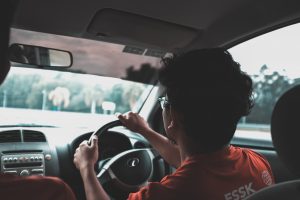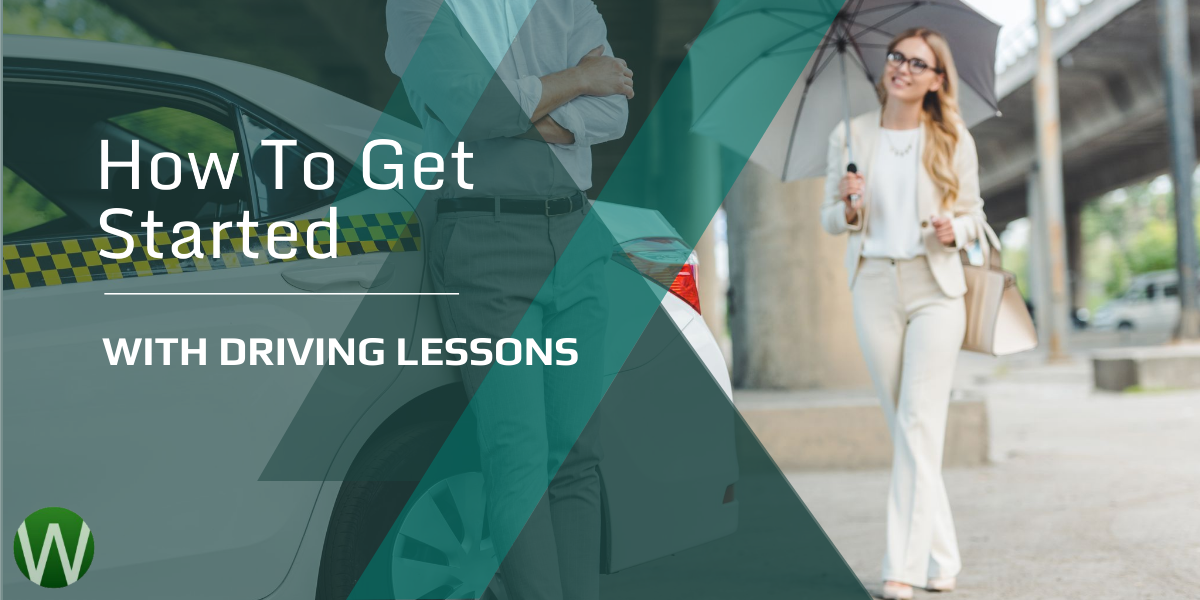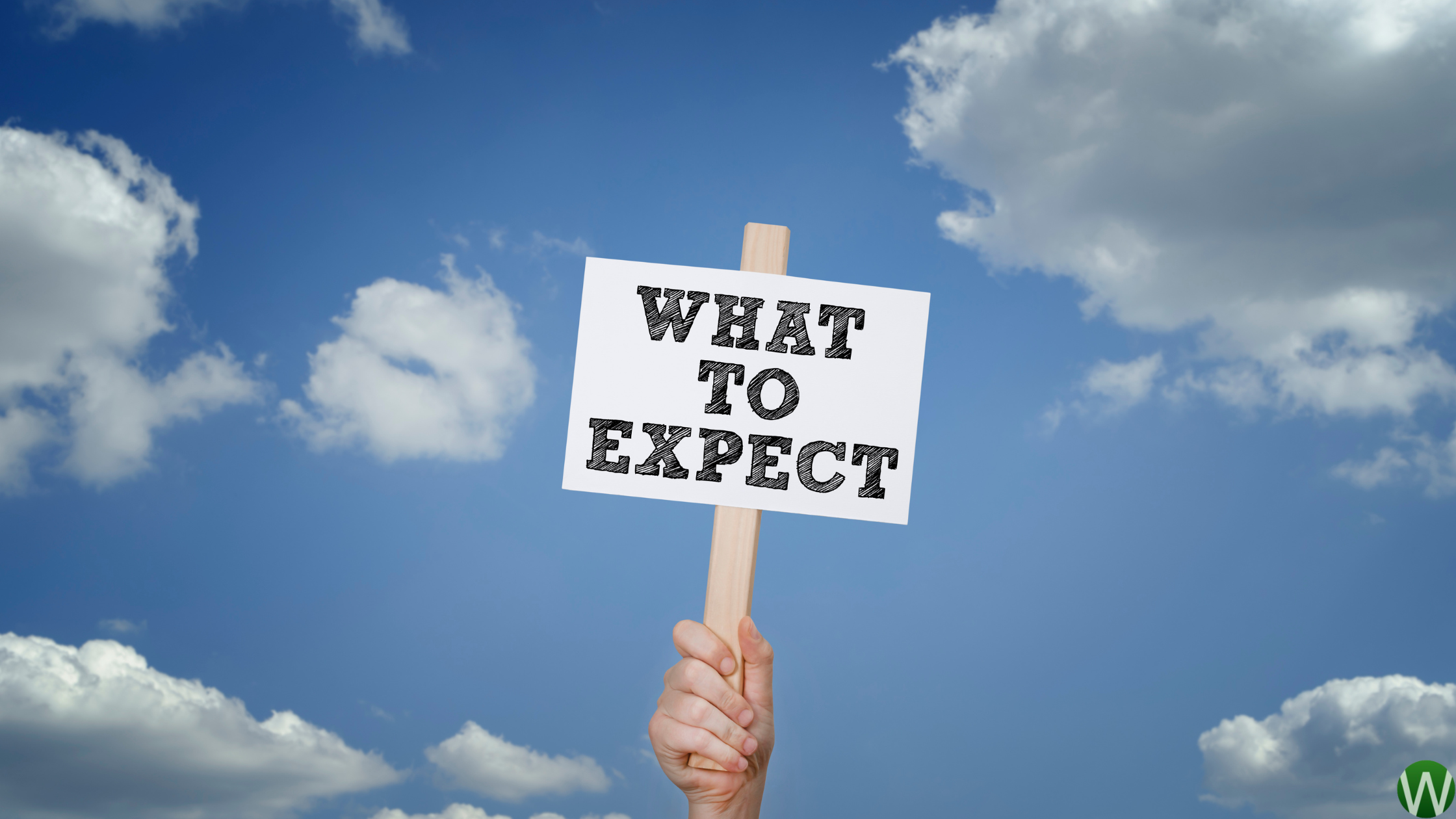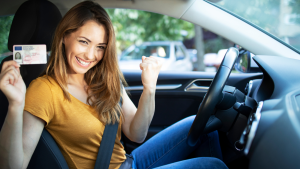It’s an exciting milestone in your life – beginning the process of taking driving lessons is the start of some real independence. It’s an event that you might have looked forward to for some time. Many of us see learning to drive as the key to other things, such as being able to get to the job we want more easily or visiting family and friends who don’t live close to us.
However, it’s also natural to feel a little nervous and unsure what to expect when you do begin learning. There are a lot of new things to get used to at once when you learn to drive. That can feel a little overwhelming at first, so the key is to take it slowly and concentrate on one thing at a time.
Remember that every single driver started off in the same place – and some things you only learn to get comfortable with through regular practice.
You’ll make it through your first lesson and beyond, get used to the car and your instructor and soon be practising driving with more confidence.
Choosing A Driving Instructor
We all learn best in different ways and respond to different people, so finding the right driving instructor is a big part of your success with driving lessons. The best bet is to ask for personal recommendations from family or friends that have recently passed their driving test.
Double check that your instructor is approved by the DSA (Driving Standards Agency) and has the relevant permits and insurance. Don’t be afraid to ask questions about their style of teaching, methods they use, and how many of their students pass their driving test the first time. Price is also a factor, but don’t be tempted to cut corners just to save a few pounds. If an instructor is a lot cheaper than everyone else, there may be a reason for that – you don’t want to think they aren’t maintaining the car properly or not going on up to date training courses.
The right instructor will save you money in the long run by teaching you well and efficiently, saving you from having to take your test several times over or having to take more lessons to learn the same things you could have done much more quickly with the right teacher.
How To Deal With First Time Driver Nerves
Feeling anxious before your first driving lesson is very natural. There aren’t many drivers who didn’t feel a little shaky on their first time behind the wheel! Having nerves shows that you realise you need to be a careful driver, and you’re taking learning to drive seriously, so they aren’t entirely a bad thing – but you do need to learn how to control them so you don’t make mistakes or fail to take in the information properly during your first lesson.
If you have the right instructor, that should help you to feel that you’re in safe hands. Try some relaxation breathing techniques before getting behind the wheel. Try ‘box breathing’, where you inhale slowly for a count of four, hold it for a count of four and exhale for a count of four – four times. This very simple exercise can help to control levels of the stress hormone cortisol and allow you to focus on the task at hand and all of the new information you need to learn.
Knowing what to expect during your first few lessons is also an important part of calming your nerves.
Your First Driving Lesson – Step By Step
When you understand what is likely to happen during your first lesson and what is expected from you, it can help you to feel less anxious about learning to drive. So what actually happens when your first driving lesson is booked?
-
You Get Collected

When you book in for a driving lesson, you’ll arrange a location to be collected by your driving instructor.
This will probably be your home, although it could also be your college or workplace. It’s a good idea to experience different traffic conditions when you’re learning to drive, so try varying the pickup location and time of day.
Don’t worry about having to drive off in front of people you know. Usually the instructor will go through some paperwork with you, check your provisional driving license, and perhaps give you a lesson plan or other information to look at later. Then they will usually drive you to a quiet, more residential street to start off your lesson.
Driving instructors will know the local area well, including likely test routes and the most traffic free areas for you to practice.
-
Learning Your Drill
Now it’s time to get into the driver’s seat. Take a few moments to settle and familiarise yourself with sitting behind the wheel. There are a few steps to learn as a drill that you will repeat every time you first sit behind the wheel. These are practical steps to make sure the car is adjusted for your comfort and safety, and that everything is prepared for your lesson. You will check:
- That the doors are properly closed
- The gears are in neutral
- The handbrake is secured
- Your seat is adjusted comfortably
- The position of the steering wheel is right for you
- You have your seatbelt on
- Your rear view and side mirrors are in the correct position for you to see
Most driving instructors will have a way to help you remember this drill – usually an acronym. Take a moment to repeat and memorise this. You’ve just taken an important first step in your driving experience. Try and carry this habit with you so that your vehicle is always properly adjusted before you move off.
-
Getting Familiar With The Car
The next thing to do is to get familiar with the car that you will be driving. Of course all vehicles are slightly different, so your instructor will take a few minutes to show you where everything is. You will be shown your A B C – Accelerator, Brake and Clutch, which are the pedals you use to control the speed of the car. You’ll also be shown where the indicators and windscreen wipers are and how to operate them, the handbrake that you apply when you come to a complete stop and the gears, including reverse.
-
Moving Off
Once you are settled in, comfortable and familiar with where everything is in the vehicle, it will be time for the moment you’ve been waiting for – moving off and actually driving the car. Cars for your driving lessons are fitted with dual controls. This means that your instructor will also have an accelerator, clutch and brake pedal. They can stop the vehicle safely at any time should they need to do so. That means you don’t need to feel unsafe if you make a mistake. First, you might have a few tries at something called ‘finding the bite point’.
That means slowly bringing your foot up from the clutch pedal until you feel the car straining to go, before slowly pressing on the accelerator to make the car move. At first, it’s all about getting used to the mechanics of the car and how to operate the basics to control the vehicle. You will only be moving a short distance to begin with, just along a straight, traffic free route or sometimes a quiet car park, while you get used to controlling the car.
Tips For A Great Driving Lesson
Making the most of your driving lesson experience is up to you. So before you make a booking, have a think about how to get the most out of your time behind the wheel. Pick a time of day that you feel comfortable and most receptive to learning new things – if you aren’t an early bird, there’s little point in an 8am lesson, or if you feel stressed at the end of a day at work or college, it might not be the optimal timing.
You may also want to book double lessons to start off with. Sometimes you can feel as if you’re just starting to get the hang of something and then the hour is over. As repetition is important when you’re learning to drive, booking a two hour slot can give you enough time to really have it all sink in.
Make sure that you get a good, solid night’s sleep prior to your lesson and it goes without saying, don’t drink alcohol the night before. Family and friends who have been through driving lessons themselves may be able to offer their advice on tackling nerves or any driving tips they’ve learnt along the way.
Get your provisional licence ready to show to the instructor. You also need to think about footwear – flat shoes that securely firmly to the foot work best, with a thin, flexible sole – but avoid flip flops or anything with a big heel or a wedge as these can get caught in the pedals. With a little preparation and focus, you can make the most of your lessons. Good luck!




